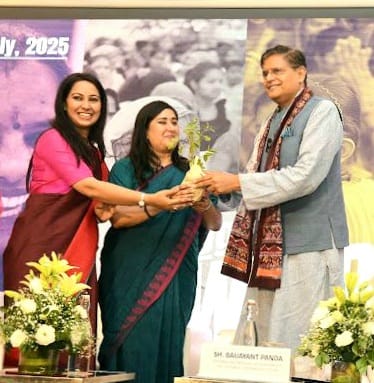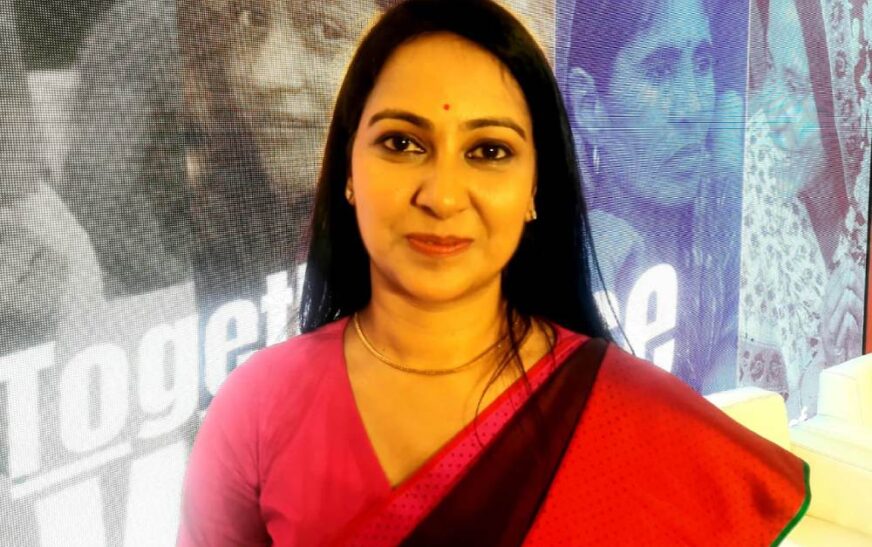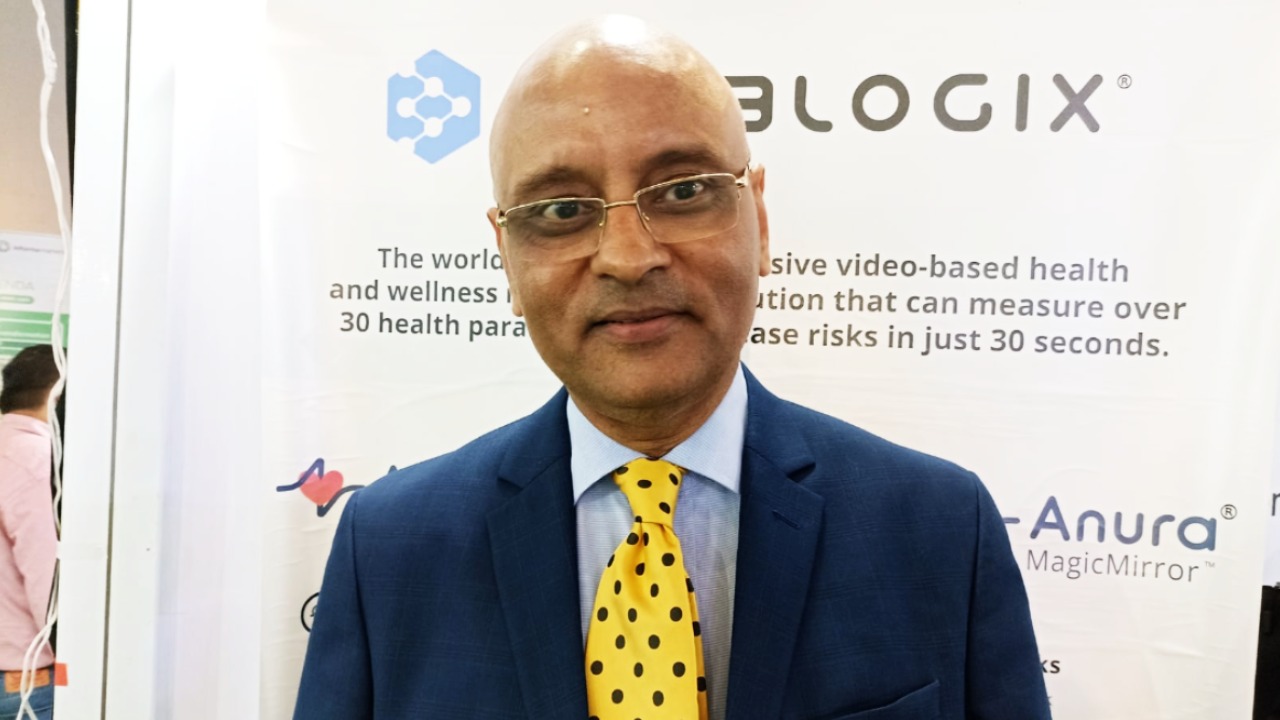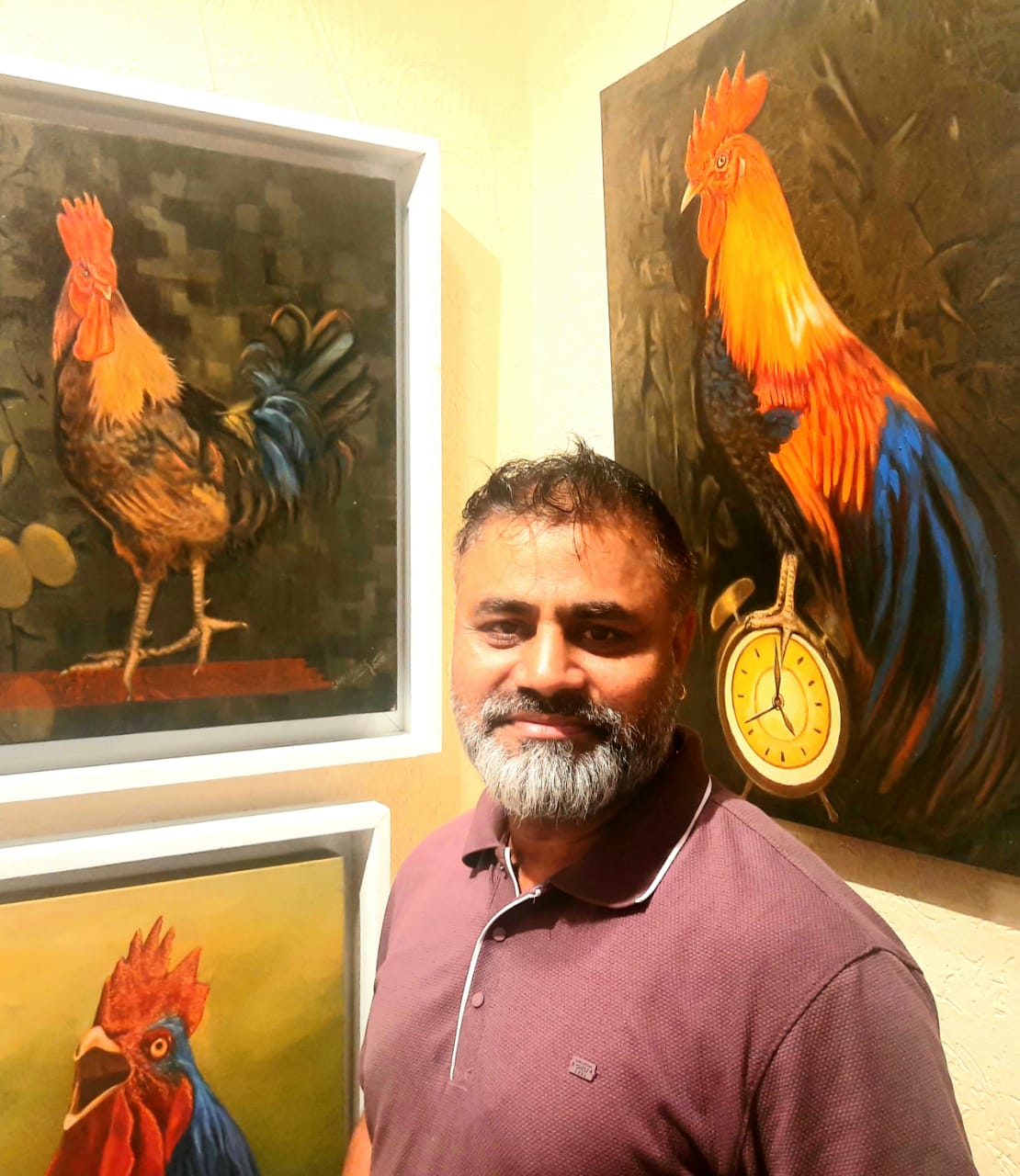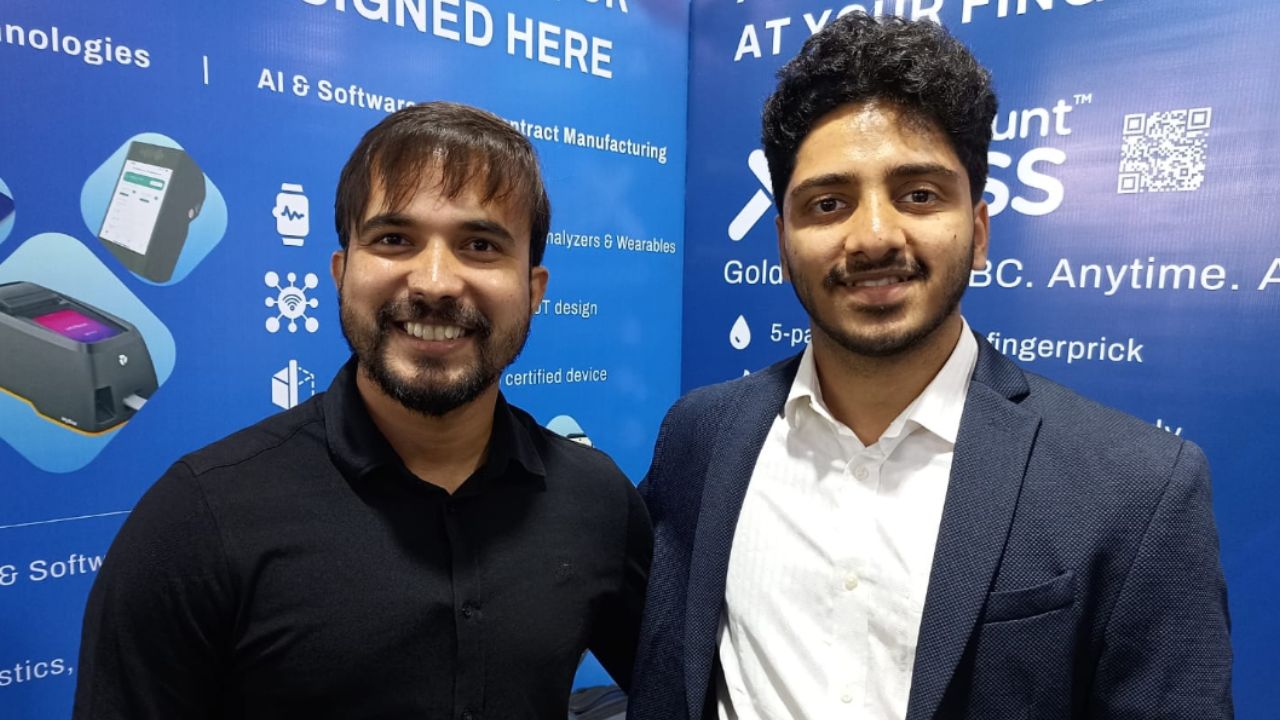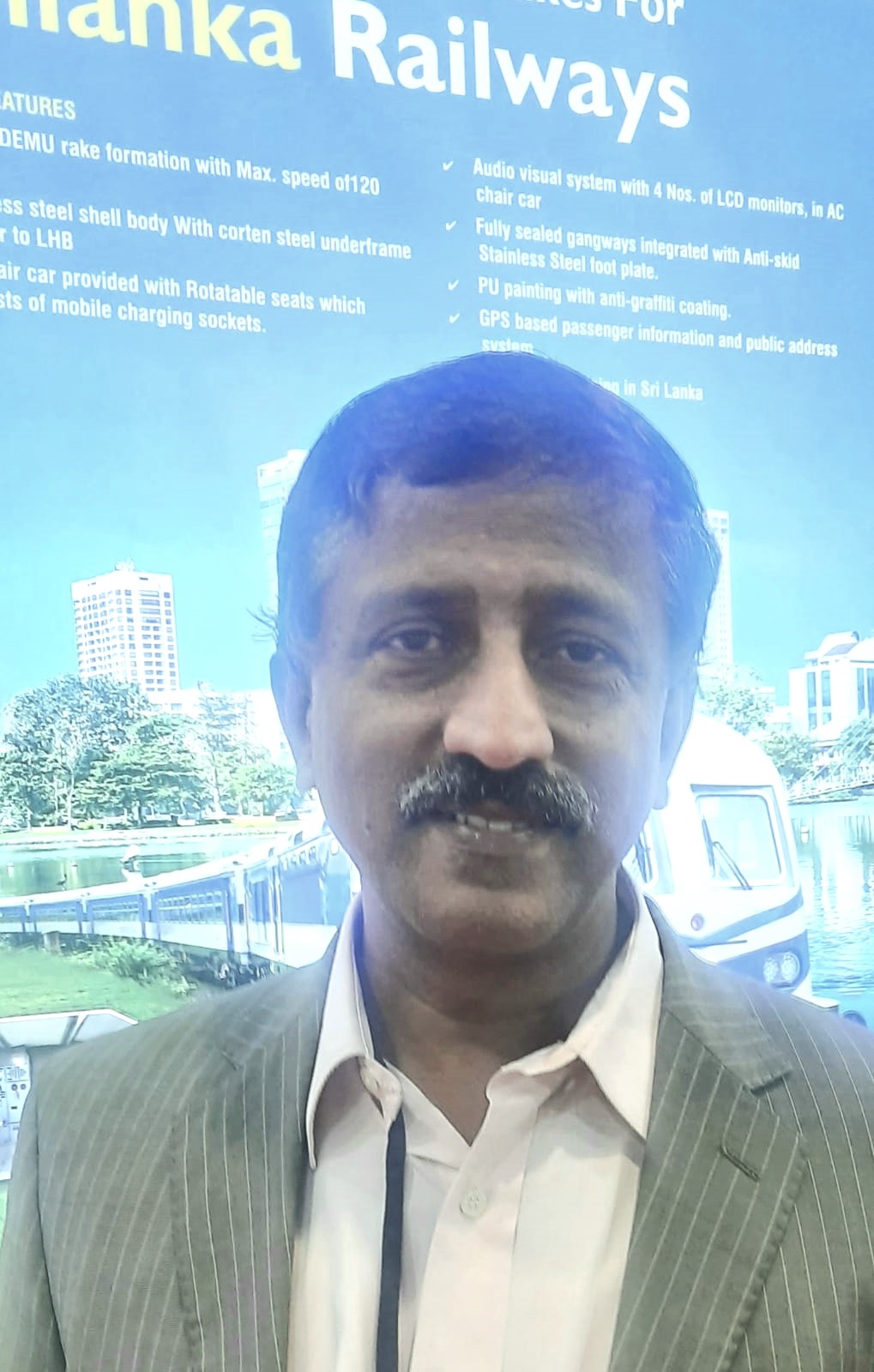Sangini Saheli, the brainchild of New Delhi‑based changemaker Priyal Bhardwaj, champions women and children by removing barriers, opening doors, and insisting on true equality. Guided by a fierce commitment to communal uplift, the NGO steers an array of high‑impact programs. First, its breast‑cancer‑awareness camps take lifesaving knowledge to neighbourhood lanes and village squares. Next, the “Shakti Project” sharpens employable skills, converting latent talent into reliable income. Meanwhile, “Ojaswi Ujjwal Bhavishya” keeps classrooms within reach for children who might otherwise slip through the cracks. At the grassroots, self‑help groups kindle solidarity, savings, and local enterprise.
The results speak loudly. In five short years, Sangini Saheli has touched more than 95,580 lives, galvanised 640 energetic volunteers, and steered close to 2,000 discrete initiatives. Each metric marks a story of restored dignity: a woman who now detects a lump early, a teenager who finishes school, a mother who signs her first bank form without hesitation. Community health screenings dovetail with financial‑literacy drives—often culminating in new postal‑savings accounts—so beneficiaries gain both well‑being and wallet power.
“We only have what we give,” Priyal affirms, and the organisation’s culture proves her credo. Volunteers find themselves not merely ticking boxes but shouldering purpose; corporate partners discover authentic ways to channel CSR commitments; local leaders witness the multiplier effect of women’s advancement on entire families.
To mark Sangini Saheli’s fifth anniversary, The Interview World sat down with Founder Priyal Bhardwaj—also the General Secretary of BJP Mahila Morcha, Delhi—for an unfiltered conversation. She charted pivotal milestones and dissected what differentiates her model from other women‑centric NGOs. Turning to the broader canvas, Priyal painted a bold vision of Indian womanhood empowered not only by policy reforms but by everyday choices—choosing to learn, to lead, and to lift others. Finally, she underscored a cardinal truth: programmes succeed when women themselves drive the agenda with tenacity and grace.
What follows distils the most illuminating moments from that spirited exchange—a blueprint for anyone intent on translating empathy into enduring impact.
Q: Could you walk us through the key milestones and impact of Sangini Saheli over the past five years, and how the organization has evolved during this journey?
A: It’s been five transformative years since Sangini Saheli first took shape on paper. What began as a bold idea has now evolved into a nationwide movement for the empowerment of women and children. From the outset, we have worked relentlessly across critical areas—education, healthcare, financial literacy, and grassroots entrepreneurship. Our mission has remained unwavering: to equip women and children with the tools to lead dignified, independent lives.
Reflecting on our journey, it all began amid the challenges of the COVID-19 pandemic. Despite the crisis, we scaled our reach to 12 states, distributing over 30 lakh sanitary pads and installing 650 sanitary pad vending machines—making menstrual hygiene accessible and dignified for thousands.
One of our most significant milestones has been the rebuilding of Kishori Raman Balika Inter College in Mathura—a testament to our commitment to education as the foundation of change. Alongside, we initiated the legal formation of Self-Help Groups (SHGs), aligning them with government schemes to create sustainable, community-driven business models. Today, our SHG framework stands out—especially in Delhi—as a structured, scalable model that empowers women economically and socially.
Sangini Saheli has truly come a long way. From Bangalore to Bhopal, Uttar Pradesh to Jammu & Kashmir, we’ve built a growing network of impact that now extends across 64 regions. This expansion is not just geographical—it reflects the deep and lasting change we strive to bring to every community we touch.
I am profoundly grateful to every individual who has contributed to this journey. Your support and belief have made Sangini Saheli what it is today—a beacon of hope and progress. As we look ahead, we remain committed to advancing women’s development with renewed energy, purpose, and passion.
Q: What sets Sangini Saheli apart from other women-led or women-centric organizations working independently on similar causes?
A: Sangini Saheli sees every project through—from the first blueprint to the final handshake. Too often, other NGOs stall midway, hamstrung by funding gaps, technical snags, or the grind of coordinating between government offices and remote villages. We refuse to fizzle. Instead, we secure resources, solve logistics, and remain on the ground until plans become lived realities.
Consider our school initiative: rebuilding classrooms was only the beginning. We personally enrolled all 120 students into the formal education system, navigating paperwork, persuading families, and following up until each child sat at a desk. Step by determined step, these “small” wins accumulate into sweeping change. In short, Sangini Saheli stands apart because we deliver exactly what we promise—and we finish what we start.
Q: You’ve been actively working on capacity building for women empowerment. How do you envision the future of women empowerment in India, and what key shifts do you foresee in the coming years?
A: By 2047, the year India intends to unveil a fully “Viksit Bharat,” one truth will stand unmistakable: women will power the nation’s economic ascent. To leap from today’s GDP to a ten‑trillion‑dollar—or even twenty‑five‑trillion‑dollar—economy, we must unleash the full force of female talent. Their ingenuity will spark innovation; their resilience will fortify supply chains; their leadership will redraw corporate hierarchies.
First, greater female workforce participation boosts productivity overnight. Next, female‑led enterprises channel capital into under‑served markets, spurring inclusive growth. Finally, women’s financial autonomy multiplies household spending on health, education, and technology—accelerating human‑development indicators that feed directly into GDP.
In short, ignore women and the growth engine sputters; empower them and it roars. I place my bet on the latter. Women will not merely join India’s march toward 2047—they will steer it, setting the pace for a truly developed nation.
Q: What is the significance of such programs in achieving their stated goals?
A: Grass‑roots programs like ours matter because we stand where policy meets reality. We serve as the last‑mile providers, turning every government scheme into lived progress.
Today, we mark five uninterrupted years—2020 through 2024—of driving projects from concept to completion. Our 320 volunteers, spread across India, keep the momentum alive and growing.
Gathering here fills us with joy and pride. Every finished initiative confirms a simple truth: when Sangini Saheli commits, Sangini Saheli delivers. This milestone belongs to the entire Sangini Saheli family.
Q: The corporate sector believes women are more dedicated than men, especially in manufacturing and services. Do you agree women bring greater commitment to these roles?
A: Women lead with unwavering devotion. Their sense of duty starts at home—toward parents, partners, and children—and radiates outward. That same sincerity fuels extraordinary perseverance; no workforce matches their resolve.
Because women nurture both families and the planet, they instinctively guard every detail, however small. When they step into boardrooms, policy forums, or strategic huddles, their disciplined mindset turns into decisive action. They advance, they excel, and they reshape the agenda.
Simply put, women form the vanguard of progress—unstoppable, principled, and indispensable.
